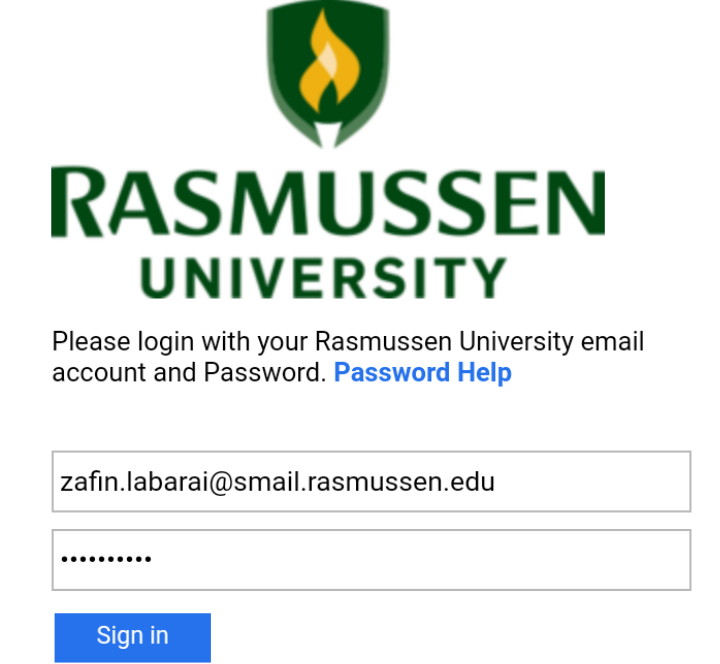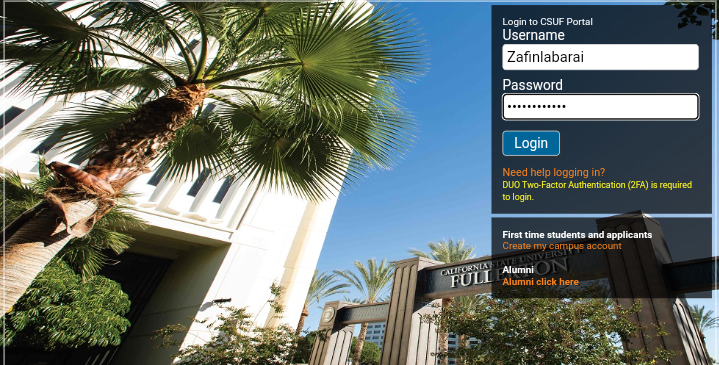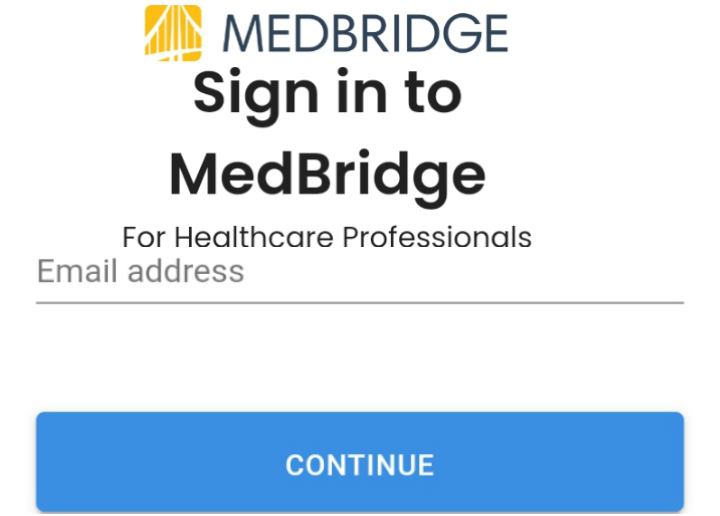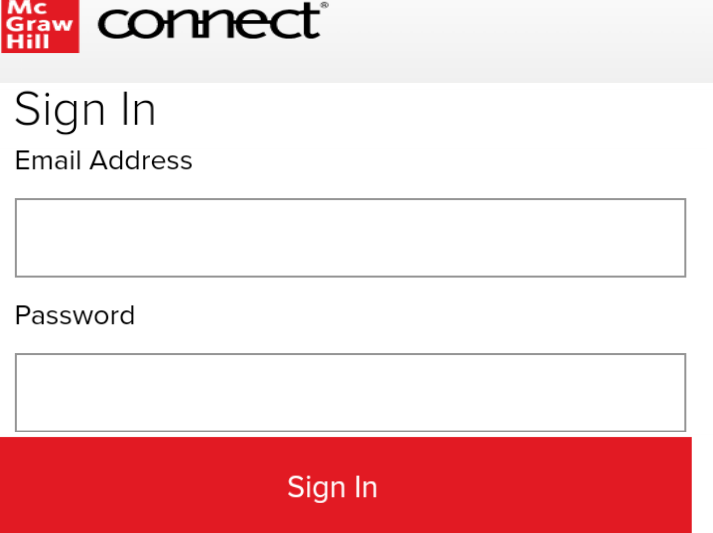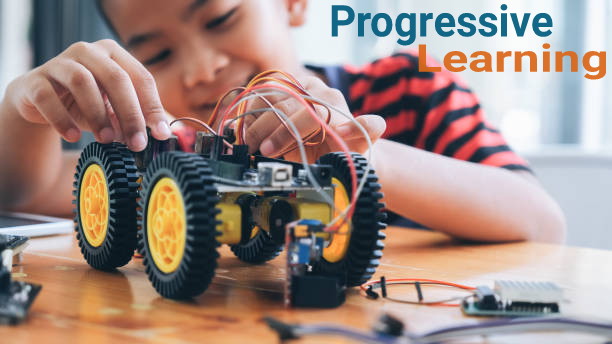
This article is written to provide you with information about How Progress Learning Can Help All Students Succeed, with everything you need to know that can help students improve their learning.
What is progress learning’?
Progress learning is the process of tracking and measuring student progress over time. It involves identifying students’ starting points, setting goals, and providing feedback and support to help them achieve those goals. Progress learning can be used to measure progress in any area of learning, including academic subjects, skills, and attitudes.
The importance of progress learning in education
Progress learning is important in education for a number of reasons. First, it can help teachers identify students who are struggling and need additional support. Second, it can help teachers track students’ progress over time and make sure they are on track to meet their goals. Third, it can help teachers differentiate instruction to meet the needs of all learners. Fourth, it can help students stay motivated and engaged in their learning.
Here are some specific ways that progress learning can be used in education
- It can be used to identify students who are struggling
- It can be used to track students’ progress over time
- It can be used to differentiate instruction
- It can be used to keep students motivated and engaged
In general, progress learning is a valuable tool that can be used to improve student learning. By tracking and measuring student progress over time, teachers can identify students who are struggling, provide them with additional support, and differentiate instruction to meet the needs of all learners. This can help all students succeed in their academic pursuit.
Benefits of using progress learning methods
There are many benefits to using progress learning methods in the classroom. Here are a few:
It can help identify students who are struggling
This is done by tracking student progress over time, teachers can identify students who are not mastering the material at the same rate as their peers. This information can be used to provide these students with additional support, such as tutoring or remedial instructions.
It can help teachers track students’ progress over time
This information can be used to adjust instruction as needed, making sure that all students are on track to meet their goals over time.
It can help teachers differentiate instruction to meet the needs of all learners
This is a means of providing different levels of support and challenge to different students, so that all students can learn at their own pace.
It can help students stay motivated and engaged in their learning
This is done by providing students with feedback on their progress and showing them how they are improving over time, teachers can help them stay motivated and engaged in their learning.
It can help parents and guardians stay informed about their child’s progress
Progress learning can be used to create reports that parents and guardians can use to track their child or children’s progress.
It can help schools identify areas where they need to improve their instruction
Progressive learning helps in tracking student progress over time, schools can identify areas where they need to improve their instruction. This information can be used to make changes to the curriculum, teaching methods, or assessment practices.
It can help policymakers make decisions about education funding and policy
Progress learning data can be used by policymakers to make decisions about education funding and policy. This information can be used to ensure that all students have the opportunity to succeed academically.
Different approaches to progress learning
There are many different approaches to progress learning. Some common approaches include:
Formative assessment
The formative assessment is an ongoing assessment that is used to provide feedback to students and teachers on their progress. This type of assessment can be used to identify students who are struggling and to provide them with additional support.
Summative assessment
The summative assessment is an assessment that is used to measure student learning at the end of a unit or course. This type of assessment can be used to track student progress over time and to make decisions about student placement or graduation.
Portfolio assessment
The progressive learning portfolio assessment is a collection of student work that is used to assess student learning. This type of assessment can be used to demonstrate student progress over time and to show how students are applying their knowledge and skills.
Self-assessment
The progressive learning Self-assessment is the process of students evaluating their own learning. This type of assessment can help students develop self-awareness and take responsibility for their own learning.
Peer assessment
The progressive learning Peer assessment is the process of students evaluating each other’s learning. This type of assessment can help students learn from each other and develop critical thinking skills.
Implementing progress learning in the classroom
There are many ways to implement progress learning in the classroom. Here are a list of few tips:
Start by identifying your goals
What do you want to achieve by using progress learning? Once you know your goals, you can choose the right approach for your classroom.
Make sure your students understand the purpose of progress learning
Explain to students why you are using a progress learning approach and how it will help them learn.
Choose assessment tools that are appropriate for your students and your goals
There are many different assessment tools available, so choose the ones that will give you the information you need that provide easy learning to your students.
Collect data regularly
With progressive learning, the more data you collect, the better you will be able to track student progress.
Use the data to make changes to your instruction
The data you collect should be used to make changes to your instruction so that all students can succeed.
Involve students in the process
Get students involved in the process of progress learning by letting them know how they are doing and by giving them the opportunity to reflect on their own learning.
Progress learning is a powerful tool that can be used to improve student learning
By implementing progress learning in your classroom, you can easily help all of your students succeed.
Tools and resources for progress learning
There are several tools and resources available for progress learning. Some common tools include the following:
Assessment tools
There are many different assessment tools available for using progress learning, such as quizzes, tests, and performance tasks. These tools can be used to collect data on student learning centers.
Data analysis tools
The Data analysis tools can be used to make sense of the data that is collected. These tools can help teachers identify students who are struggling and make changes to their instruction.
Reporting tools
The Reporting tools can be used to share data with students, parents, and other stakeholders. These tools can help to make progress learning more transparent and accountable.
Online platforms
There are many online platforms that can be used for progress learning. These platforms provide teachers with a variety of tools and resources to help them track student progress and make changes to their instruction.
Case studies of successful progress learning implementations
There are many case studies of successful progress learning implementations. Here are a few example of some:
In one study, teachers used progress learning to identify students who were struggling with math.
The teachers will then provide these students with additional support, such as tutoring and remedial instruction. As a result, the students’ math scores tend to improve significantly.
In another study, teachers used progress learning to track student progress in reading.
The teachers used the data to make changes to their instruction, such as providing more time for reading practice and offering more challenging reading materials. As a result, the students’ reading scores tend to improve.
In a third study, teachers used progress learning to incorporate technology into their instruction.
The teachers used online platforms to provide students with personalized learning experiences. As a result, the students were more engaged in their learning and their expected achievement improved over time.
Challenges and solutions in progress learning
There are a few challenges that can be encountered when implementing progress learning. Some of these challenges include the following:
Time
Progress learning can be time-consuming, especially if teachers are using manual methods to collect data.
Data management
It can be challenging to manage the data that is collected from progress learning.
Teacher buy-in
Teachers may not be familiar with progress learning or they may not be convinced that it is an effective instrument.
Solutions in Progress Learning
There are a few solutions to the challenges faced by progressive learning.
- One solution is to use online platforms that can automate the data collection and management process.
- Another solution is to provide teachers with professional development on progress learning.
Evaluating the effectiveness of progress learning
The effectiveness of progress learning can be evaluated in a number of ways.
One way is to look at student achievement data. If student achievement improves after progress learning is implemented, then it can be concluded that progress learning is effective to students.
Another way to evaluate the effectiveness of progress learning is to collect feedback from students, teachers, and parents. If these stakeholders are satisfied with progress learning, then it can be concluded that it is effective to the overall students.
Future trends in progress learning
There are a few future trends in progress learning.
- One trend is the use of technology to collect and manage data.
- Another trend is the use of progress learning to personalize learning experiences for students.
Best practices for incorporating progress learning into curriculum
Here are some best practices for incorporating progress learning into curriculum:
Start by identifying your goals
This can be done by answering questions such as What do you want to achieve by using progress learning?
Make sure your students understand the purpose of progress learning
Explain to students why you are using progress learning and how it will provide easy learning to them.
Choose assessment tools that are appropriate for your students and your goals
There are many different assessment tools available to select, so it’s best to choose the ones that will give you the information you need.
Collect data regularly
The more data you collect, the better you will be able to track student progress.
Use the data to make changes to your instruction
The data you collect should be used to make changes to your instruction so that all students can succeed.
Involve students in the process
Involving students in the process of progress learning plays a crucial role in letting them know how they are doing and by giving them opportunities to reflect on their own learning.
In general, progress learning is a powerful tool that can be used to improve student learning. By following these best practices, you can ensure that progress learning is effective in your classroom.
Frequently Asked Questions About Progressive Learning
Here are answers to frequently asked questions about progressive learning method:
What is Progressive learning example?
An example of progressive learning is a student learning about the solar system by building a model of the planets out of clay. This is an active learning experience that allows the student to explore the concepts of size, distance, and gravity in a hands-on way.
Another example is a student learning about the water cycle by conducting an experiment to see how water evaporates and condenses. This is a more inquiry-based learning experience that allows the student to discover the principles of the water cycle for themselves.
What is Progressive learning Machine learning?
Progressive machine learning learning is a technique for training a model on a large dataset by gradually adding new data to the model. This is done to prevent the model from becoming too complex and overfitting the data.
Progressive learning is often used in natural language processing tasks, where the model is trained on a large corpus of text. The model is initially trained on a small subset of the data, and then new data is added to the model gradually. This helps to ensure that the model is able to generalize to new data and avoid overfitting of these data.
What is Progressive learning theory?
Progressive learning theory is a pedagogical approach that emphasizes the importance of experiential learning and student-centered instruction. This theory was developed in the early 20th century by educational reformers such as John Dewey and Maria Montessori.
Progressive learning theory has four main principles:
Active learning
active learning allows students learn best by doing, not by listening passively.
Problem-based learning
This allow students learn best by solving problems that are relevant to their interests and experiences.
Collaborative learning
This allow students learn best by working together with other students.
Assessment for learning
Thsee Assessment learning should be used to guide student learning, not to grade students.
Why is progressive education important?
Progressive education is important because it helps students develop the skills and knowledge they need to be successful in life. These skills include critical thinking, problem-solving, collaboration, and creativity.
Progressive education also helps students develop a love of learning and a sense of self-confidence. This is important because it prepares them to be lifelong learners and to take on challenges in the future.
What are the 4 principles of progressive education?
Here are the 4 Principles of progressive education:
Child-centered
Where the child is at the center of the learning process.
Active learning
Where Students learn best by doing, not by listening passively.
Problem-based learning
Where Students learn best by solving problems that are relevant to their interests and experiences.
Collaborative learning
Where Students learn best by working together with other students.
These principles are based on the belief that all children are unique and learn in different ways. Progressive education seeks to create a learning environment that is supportive, challenging, and engaging for all students.
What are some Examples of progressive teaching methods
Here are list of some examples of progressive teaching methods:
Project-based learning
Students work on long-term projects that allow them to apply their knowledge and skills to real-world problems.
Problem-based learning
Students are presented with a problem to solve and must work together to find a solution to the problem.
Inquiry-based learning
Students ask questions and investigate answers through research, experimentation, and discussion sessions.
Service learning
Students volunteer their time to help others while learning about a community issue.
Student-centered learning
The teacher facilitates learning, but the students are responsible for their own progress in learning.
Self-directed learning
Students take charge of their own learning, setting goals and determining how they will achieve them over time.
These are just a few examples of progressive teaching methods. There are many other ways to teach in a progressive way, and the best approach will vary depending on the subject matter, the students, and the teacher’s philosophy.
What are the benefits of using progressive learning methods?
Here are some of the benefits of using progressive learning/teaching methods:
- The progressive learning method help students develop critical thinking and problem-solving skills.
- The progressive learning method encourage students to be active learners.
- The progressive learning method help students apply their knowledge to real-world situations.
- The progressive learning method promote collaboration and teamwork.
- The progressive learning method can be more engaging and motivating for students.
Conclusion
In conclusion, Progressive learning is an effective and forward-thinking approach to education that prioritizes adaptability, critical thinking, and lifelong learning. By embracing this method, individuals and institutions can better prepare for the challenges of an ever-evolving world, fostering personal growth and innovation in education.
